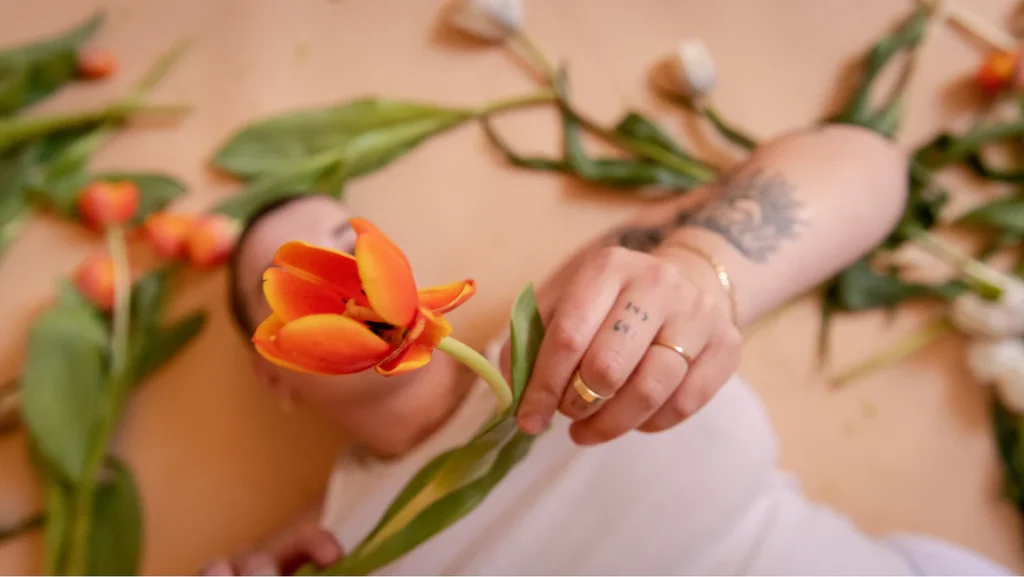The human body is diverse and fascinating, with variations that are both common and unique. One such variation that often prompts curiosity and questions is the outie vagina. In this article, we delve into what an outie vagina is, its causes, implications, and how individuals with this anatomical variation navigate their lives with confidence.
What Causes an Outie Vagina?
Genetics
An outie vagina, also known as labial hypertrophy, can have a genetic component. Just as individuals inherit traits like eye color and height from their parents, the size and shape of genitalia can also be influenced by genetics.
Hormonal Influence
Hormonal fluctuations during fetal development and puberty can play a role in the development of an outie vagina. Changes in estrogen levels can affect the growth and size of the labia minora, leading to variations in genital anatomy.
Developmental Factors
Factors such as the timing and duration of hormonal exposure during critical stages of development can impact genital development. Additionally, environmental factors may also contribute to variations in genital anatomy.
How to Identify an Outie Vagina
An outie vagina is characterized by protruding or enlarged labia minora, which extend beyond the labia majora. This variation in genital anatomy can be identified visually or through physical examination by a healthcare professional.
Common Misconceptions about Outie Vaginas
There are several misconceptions surrounding outie vaginas, including assumptions about sexual activity, hygiene, and aesthetics. It’s essential to debunk these myths and promote accurate information about genital diversity.
Medical Concerns Associated with Outie Vaginas
While an outie vagina is primarily a cosmetic variation, some individuals may experience discomfort or irritation due to the size of their labia minora. In rare cases, labial hypertrophy may interfere with daily activities or cause psychological distress.
Psychological Impact of Outie Vaginas
The societal emphasis on genital appearance can contribute to body image issues and self-esteem issues for individuals with outie vaginas. Addressing these psychological concerns is essential for holistic well-being.
Treatment Options for Outie Vaginas
Surgical Correction
For individuals experiencing physical discomfort or significant psychological distress, surgical correction may be an option. Labiaplasty, a surgical procedure to reduce the size of the labia minora, can improve comfort and self-confidence.
Non-surgical Options
Non-surgical interventions, such as counseling and support groups, can help individuals cope with body image concerns and embrace genital diversity. Education and awareness initiatives can also promote acceptance and understanding.
Lifestyle Tips for Managing an Outie Vagina
Maintaining good hygiene practices, wearing comfortable clothing, and using lubrication during sexual activity can help manage any discomfort associated with an outie vagina. It’s essential to listen to your body and prioritize self-care.
Embracing Body Positivity
Celebrating diversity and challenging societal beauty standards are crucial steps towards promoting body positivity. Every body is unique and worthy of love and acceptance, regardless of its appearance.
Support Resources for Individuals with Outie Vaginas
Online forums, support groups, and counseling services provide valuable resources for individuals seeking information and support related to outie vaginas. Connecting with others who share similar experiences can be empowering and validating.
The Importance of Education and Awareness
Education about genital diversity and inclusivity is essential for promoting acceptance and reducing stigma surrounding outie vaginas. By fostering open and honest conversations, we can create a more supportive and understanding society.
Interview with a Medical Professional
[Insert Interview Content Here]
Personal Stories: Living with an Outie Vagina
[Insert Personal Stories Here]
Addressing Stigma and Stereotypes
Challenging stigma and stereotypes surrounding outie vaginas requires ongoing advocacy and education. By amplifying diverse voices and sharing accurate information, we can combat misinformation and promote acceptance.
Conclusion
Outie vaginas are a natural variation in genital anatomy, shaped by genetics, hormones, and developmental factors. While individuals with outie vaginas may face challenges related to societal perceptions and misconceptions, embracing body positivity and seeking support can empower them to live confidently and authentically.

